Hey all! Real Farmer Jeff here.
Freeze drying is one of the most advanced and effective ways to preserve food. While the technology has existed for decades in labs and commercial food processing, only recently has it become available for home use.
Companies like Harvest Right (this is not sponsored!; I have personally researched the best at-home freeze dryers and theirs consistently came up as the top-rated choice) have made this possible, creating reliable, easy-to-use machines that bring professional-level food preservation into the kitchen.
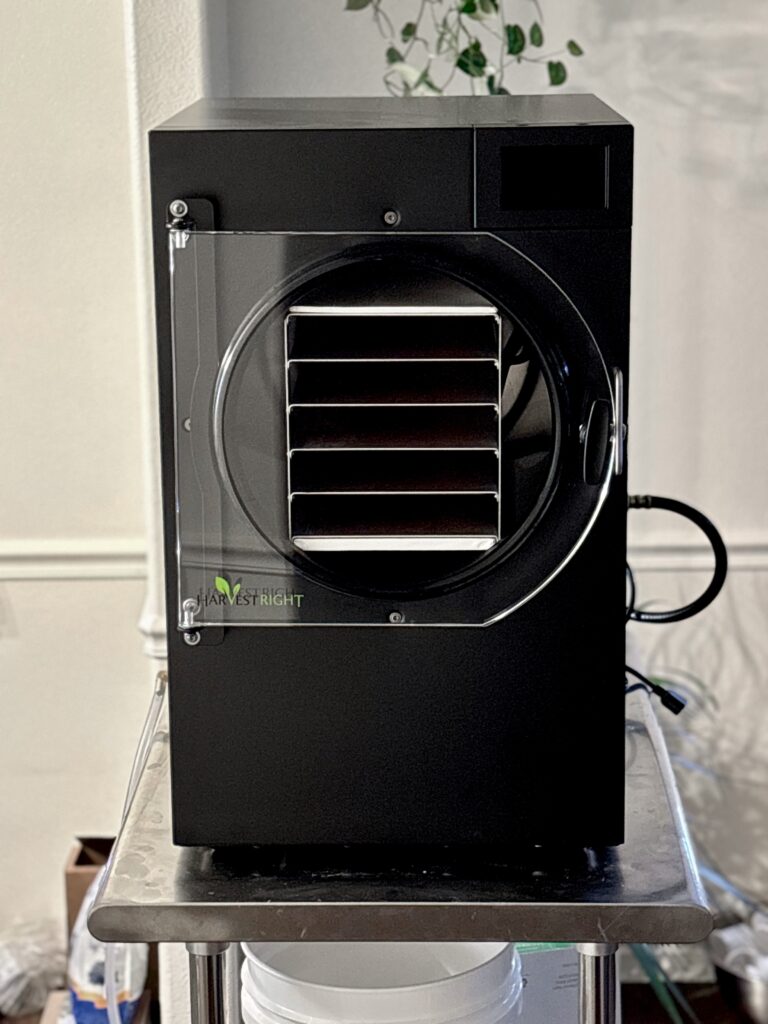
So why is freeze drying so great for preserving food? And what exactly is freeze drying, anyways?
In this blog post, I’ll touch on that and more. Let’s get started!
How Freeze Drying Works
Freeze drying uses a process called sublimation. Food is first frozen solid, then placed under a vacuum that turns ice directly into vapor without melting into liquid. This gentle process removes moisture while keeping the food’s flavor, texture, shape, and nutrients almost completely intact.
Because it requires carefully controlled temperature and pressure cycles, freeze drying is a complex and precise technology. Home units manage these steps automatically, but the science behind it is advanced. This makes it one of the most impressive preservation tools ever developed for everyday use.
Using warm or hot water generally speeds up rehydration and helps restore the food’s original flavor and texture more effectively.
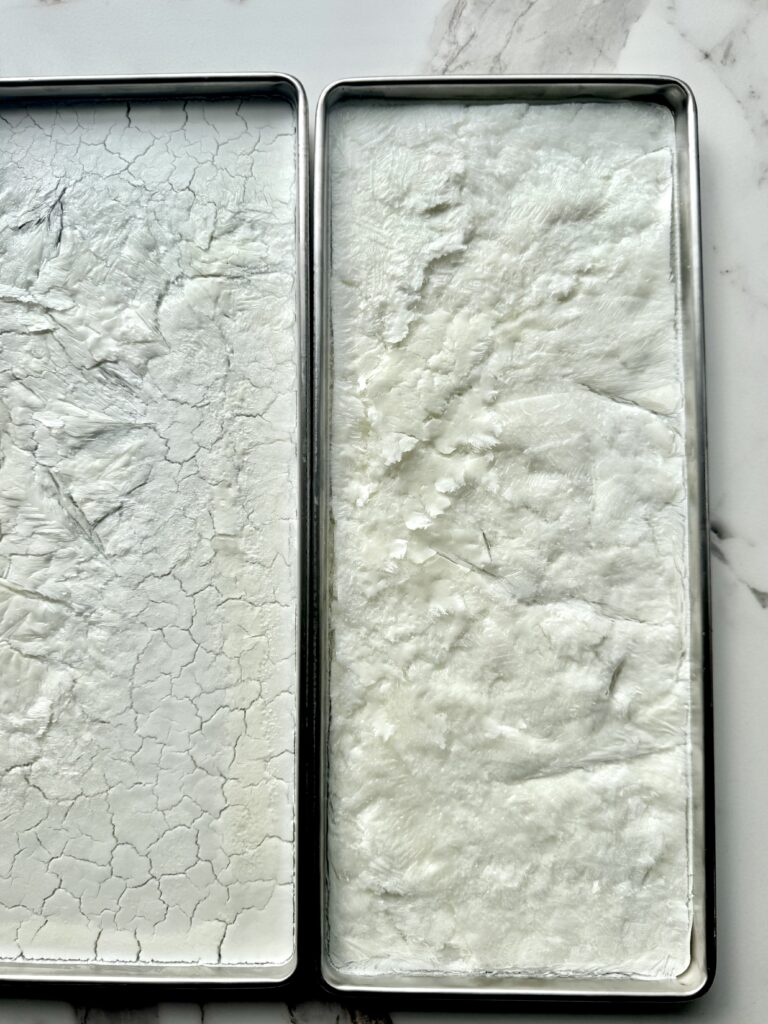
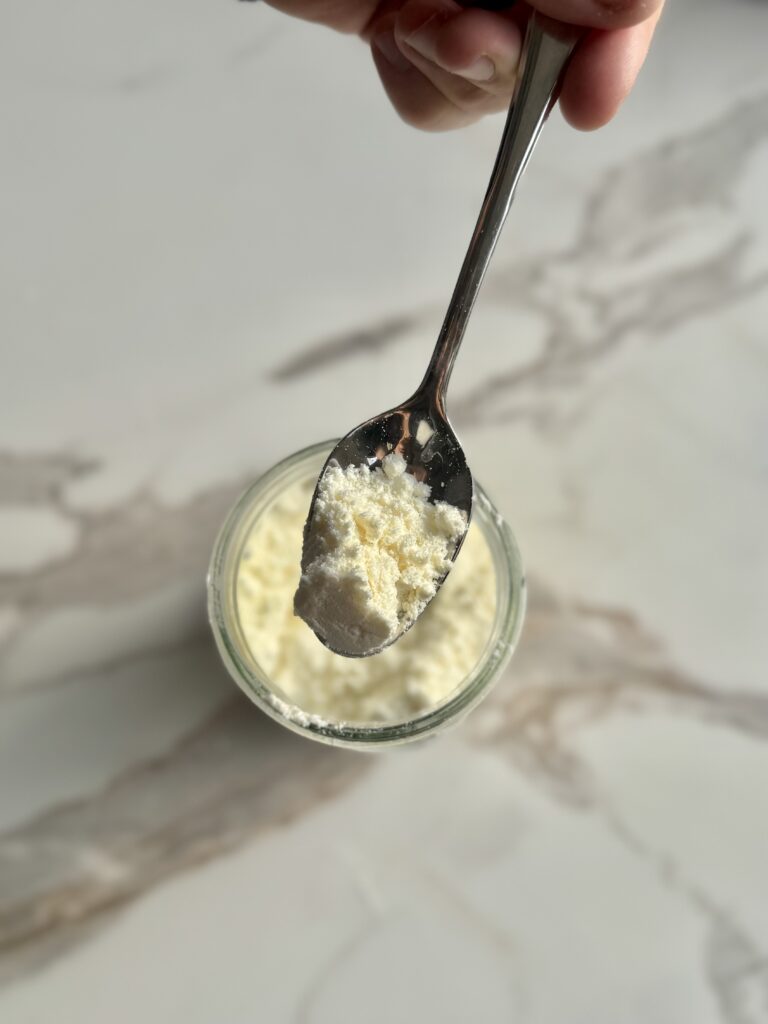
Freeze drying is often called the gold standard of food preservation for good reason. It retains up to 97% of nutrients, preserves the natural color and taste, and allows food to last 20-25 years or more when stored properly.
Unlike other methods, freeze drying doesn’t rely on heat or additives. The food stays almost identical to its fresh form, even after decades on the shelf.
Rehydrating Freeze Dried Food
Like I said, to rehydrate freeze-dried food, simply add water. From there, let the water absorb until the food returns to its original texture. The method depends on the type of food:
- For fruits and snacks: You can eat them as-is for a crunchy texture, or soak them in water for 5-10 minutes if you prefer them soft.
- For cooked meals or vegetables: Add hot water (just enough to cover the food), stir, and let it sit covered for 10-15 minutes, or until the food is tender and fully rehydrated.
- For soups or stews: Add the freeze-dried ingredients directly into boiling water or broth and simmer until they reach the desired consistency.
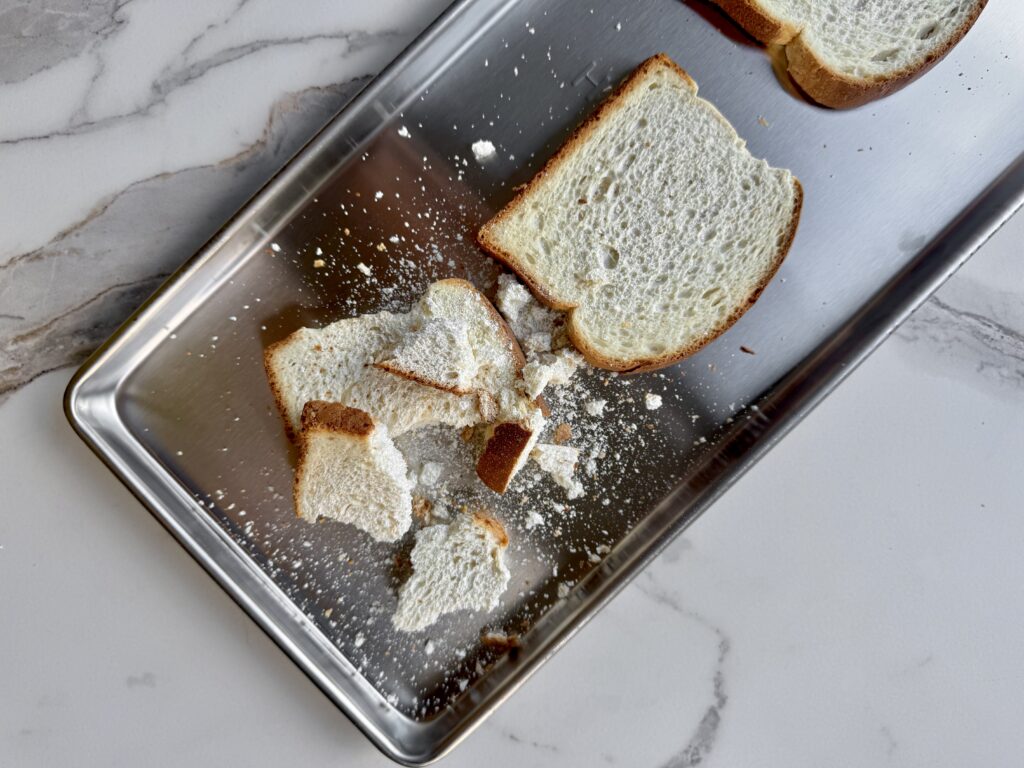
Benefits of Freeze Drying
Owning a home freeze dryer allows you to build your own long-term food storage using real meals and ingredients you trust. You can preserve fruits, vegetables, meats, dairy, and even complete meals. Key benefits include:
- Exceptional shelf life: Freeze-dried food can last for 20-25 years.
- Nutrient retention: The cold process preserves vitamins, minerals, and enzymes better than heat-based methods.
- Lightweight storage: Foods become compact and easy to store or transport.
- Reduced food waste: Preserve garden harvests, leftovers, and bulk groceries before they spoil.
- No electricity needed after drying: Once packaged, food remains shelf-stable at room temperature.
- Simple rehydration: Just add water, and your food returns to nearly fresh quality.
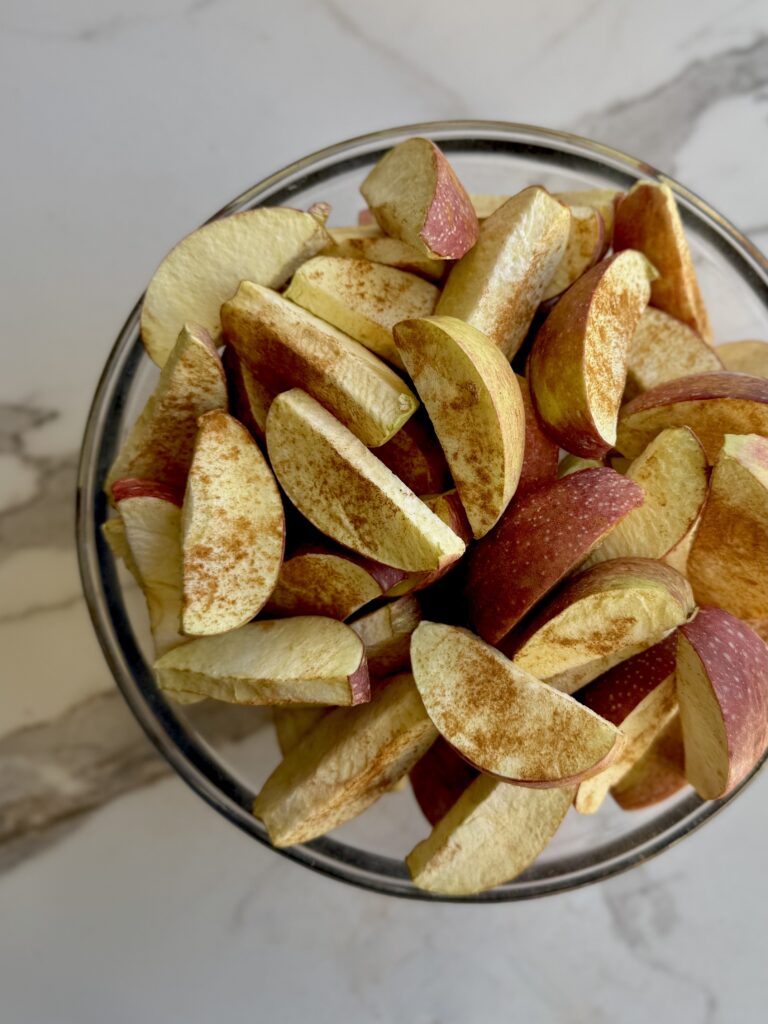
Understanding the Major Food Preservation Methods
Before looking at how each method compares, here’s a quick overview of how they work:
- Freeze Drying: Food is frozen and placed under vacuum so ice turns directly into vapor. This removes nearly all moisture while preserving flavor, color, and nutrition.
- Freezing: Food is kept below 0°F to stop bacteria growth and slow spoilage.
- Canning: Food is heated to high temperatures to kill bacteria, then sealed in airtight jars.
- Dehydrating: Warm air removes moisture to prevent spoilage.
- Fermentation: Beneficial bacteria convert sugars into acids or alcohol that preserve the food naturally.
- Pickling (Vinegar-Based): Food is stored in acidic vinegar or brine that prevents bacterial growth.
- Smoking: Food is dried and flavored with smoke from burning wood, which also inhibits bacteria.
- Curing (Salting or Sugaring): Salt or sugar draws out moisture and creates an environment where bacteria cannot thrive.
- Root Cellaring: Fresh produce is stored in a cool, humid, and dark environment to slow spoilage naturally.
| Method | Shelf Life | Nutrient Retention | Texture After Storage | Storage Needs | Flavor Change |
| Freeze Drying | 20–25+ years | Excellent (up to 97%) | Rehydrates to near-fresh | Mylar bags or jars, no freezer needed | Minimal |
| Freezing | 6–12 months | Good | Slightly softer | Requires electricity and freezer space | Low |
| Canning | 1–5 years | Moderate | Softer or mushy | Cool, dark storage; heavy jars | High |
| Dehydrating | 1–3 years | Moderate to low | Chewy or brittle | Airtight containers, cool storage | Moderate |
| Fermentation | Months to years | Good | Tender, tangy | Cool, dark space or fridge | High |
| Pickling (Vinegar-Based) | 1–2 years | Moderate | Crisp or tender | Sealed jars or refrigerator | High |
| Smoking | Weeks to months | Moderate | Firm or dry | Cool, dry storage or fridge | Moderate |
| Curing (Salting or Sugaring) | Weeks to months | Moderate | Firm or dry | Cool, dry storage | Moderate |
| Root Cellaring | 3–6 months | Excellent | Fresh-like | Root cellar, basement, or cool room | Minimal |
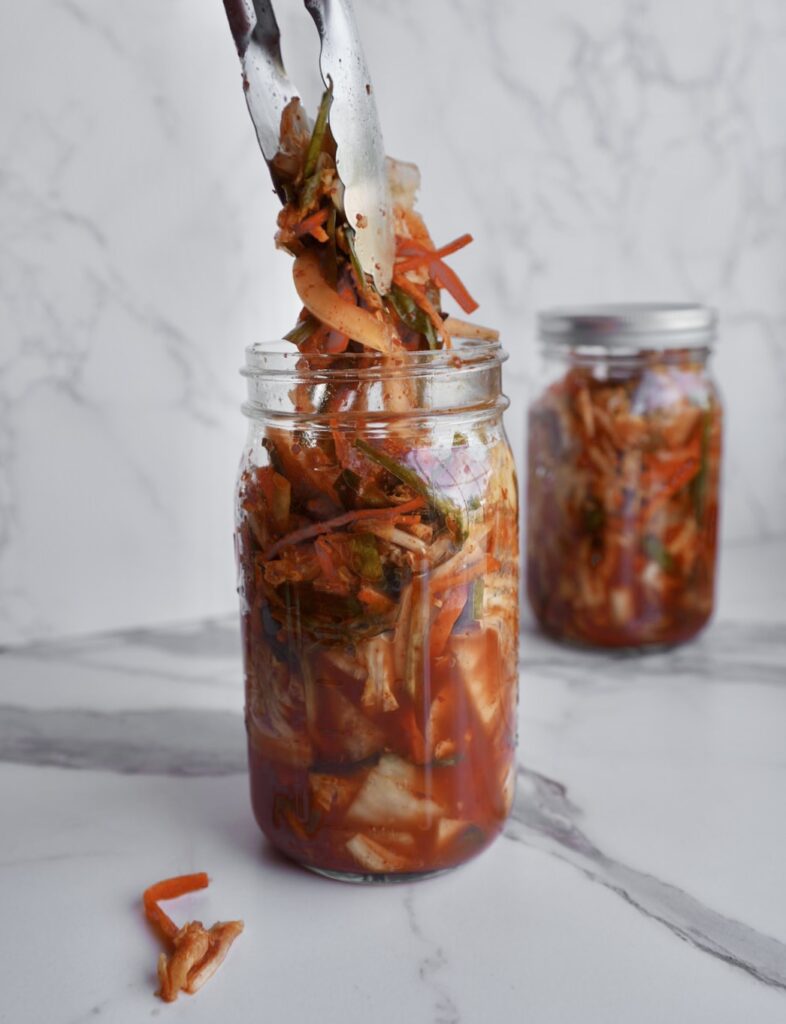
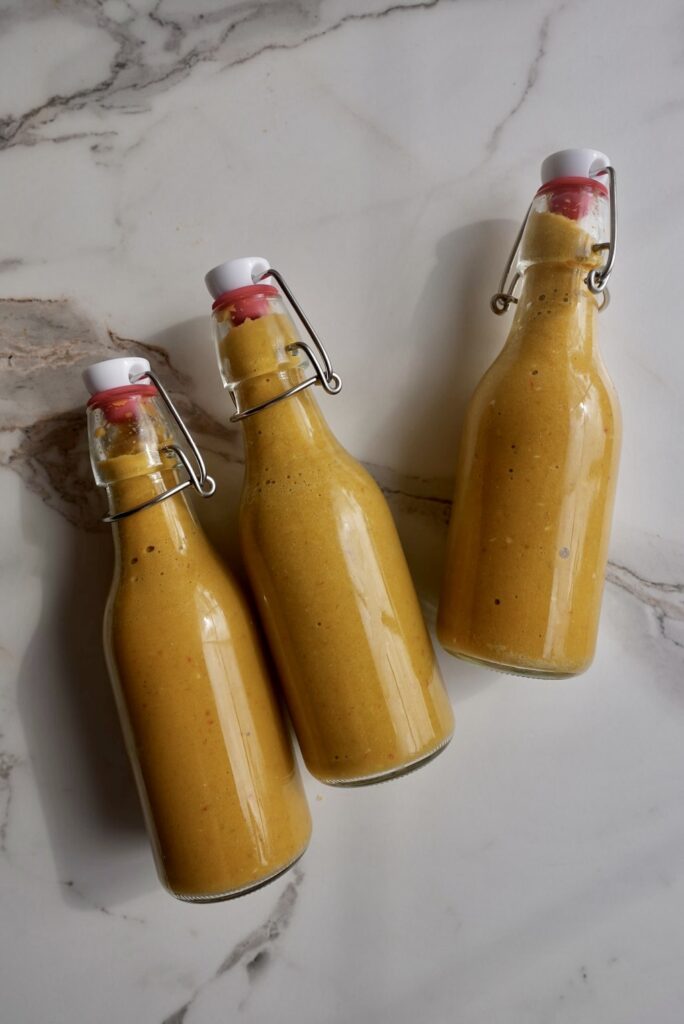
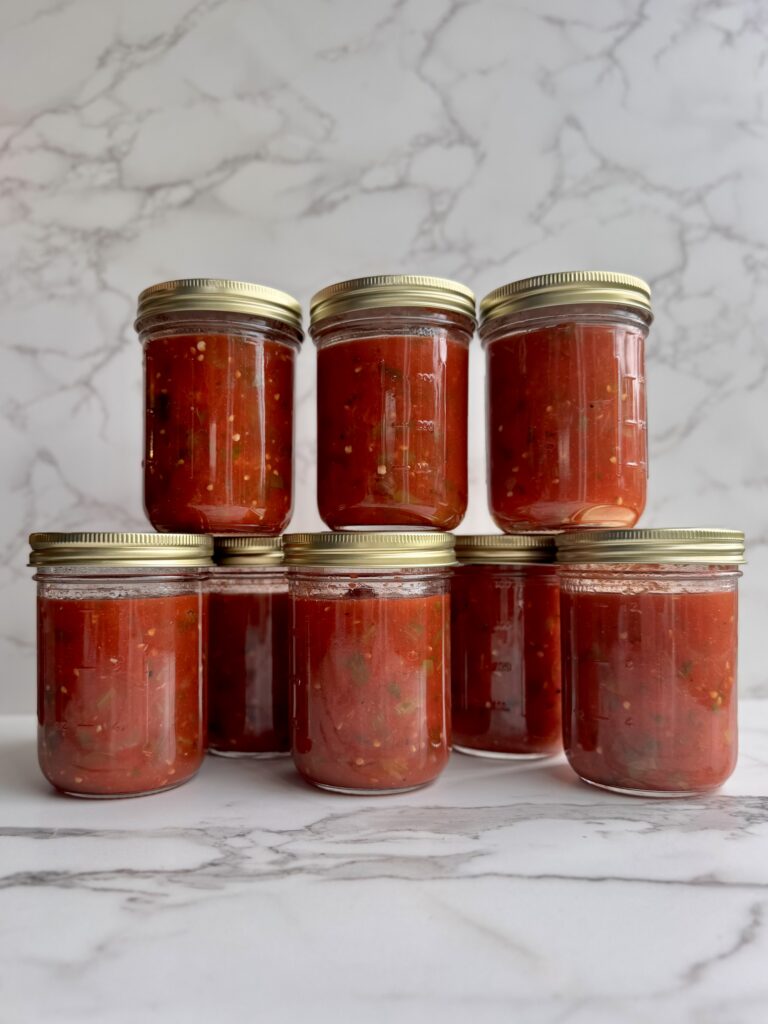
Harvest Right: A Leader in Home Freeze Drying
Like I mentioned, when I decided to get into freeze drying, I did research on the best at-home freeze dryers, and Harvest Right consistently came up as a top brand. They are widely recognized as an industry leader in home freeze drying. Their machines are designed with durable components and advanced automation, allowing anyone to create high-quality, long-lasting food storage with minimal effort.
Harvest Right offers several sizes to fit different needs, from compact countertop models to large-capacity units for serious food preservation. Each one carefully manages the freezing, vacuum, and drying cycles automatically, producing consistent, professional results.
Their machines have made it possible for homesteaders, gardeners, and families to preserve their own food with the same technology once limited to laboratories and food manufacturers. The best place to store a freeze dryer is in a cool, dry, and well-ventilated area (like a garage or utility room) away from direct sunlight and extreme temperatures.

Getting Started with Freeze Drying
If you are new to freeze drying, start small with simple foods such as strawberries, cooked vegetables, or leftover pasta dishes. Once you see how well they rehydrate, you can expand to meats, full meals, or your garden harvest.
For long-term storage, seal the finished food in Mylar bags with oxygen absorbers and store it in a cool, dark place.
Freeze drying combines the best qualities of every preservation method: the long life of canning, the convenience of dehydrating, and the freshness of freezing. It gives you total control over ingredients, nutrition, and food quality.
With the help of advanced technology and companies like Harvest Right, freeze drying is no longer just for professionals. It’s now one of the smartest ways for anyone to create dependable, long-term food storage right at home.
Thanks for reading along, guys! If you enjoyed this, check out my other gardening blog posts:
- How to Start a Garden on a Budget for Under $100
- 4 Reasons Why Tomatoes Are the Best Vegetable to Grow
- My Garden Setup: 3 Best Garden Containers for Every Gardener
- When to Plant Indoors vs. Outdoors: A Seasonal Guide for Gardeners
- Essential and Nice-to-Have Garden Products for Your Perfect Setup
- Starting Seeds vs. Buying Transplants: How to Decide for Your Garden
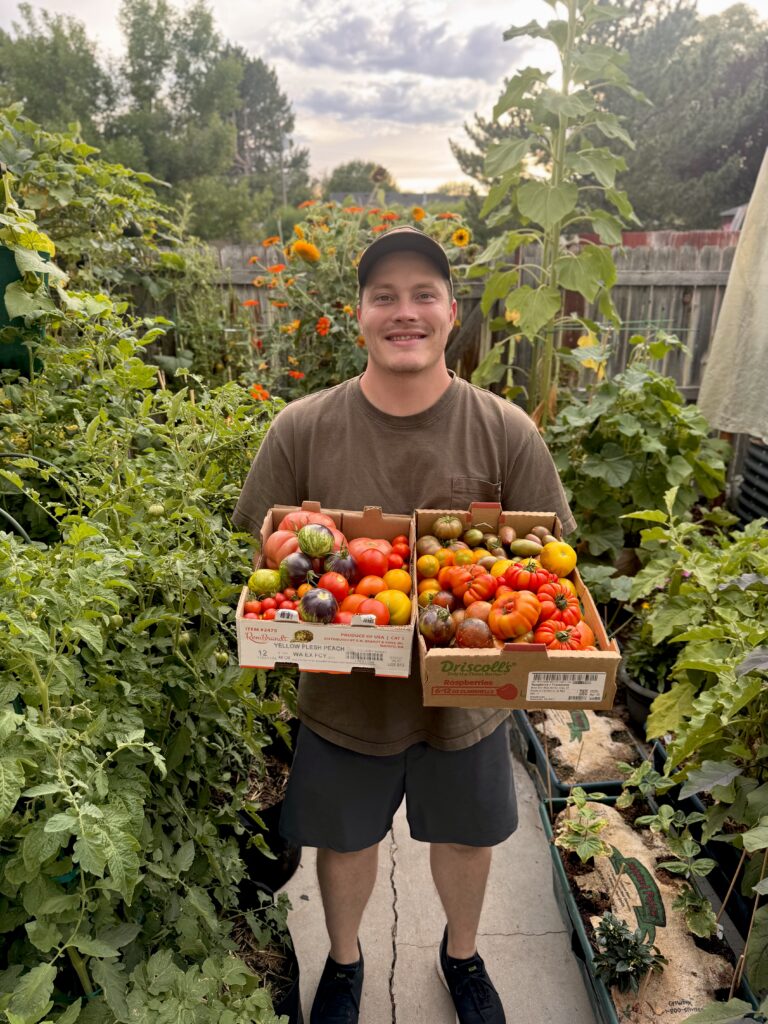





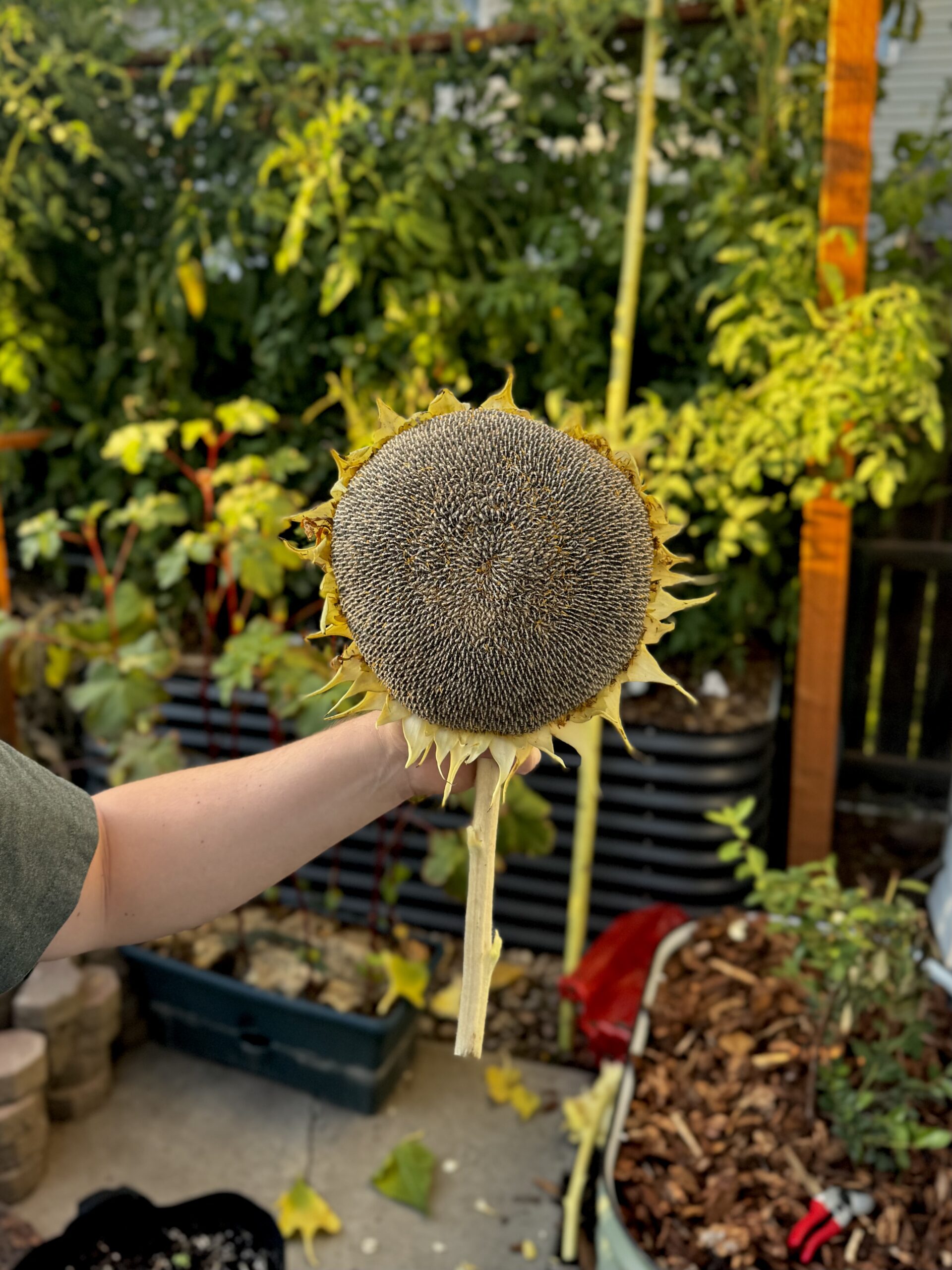
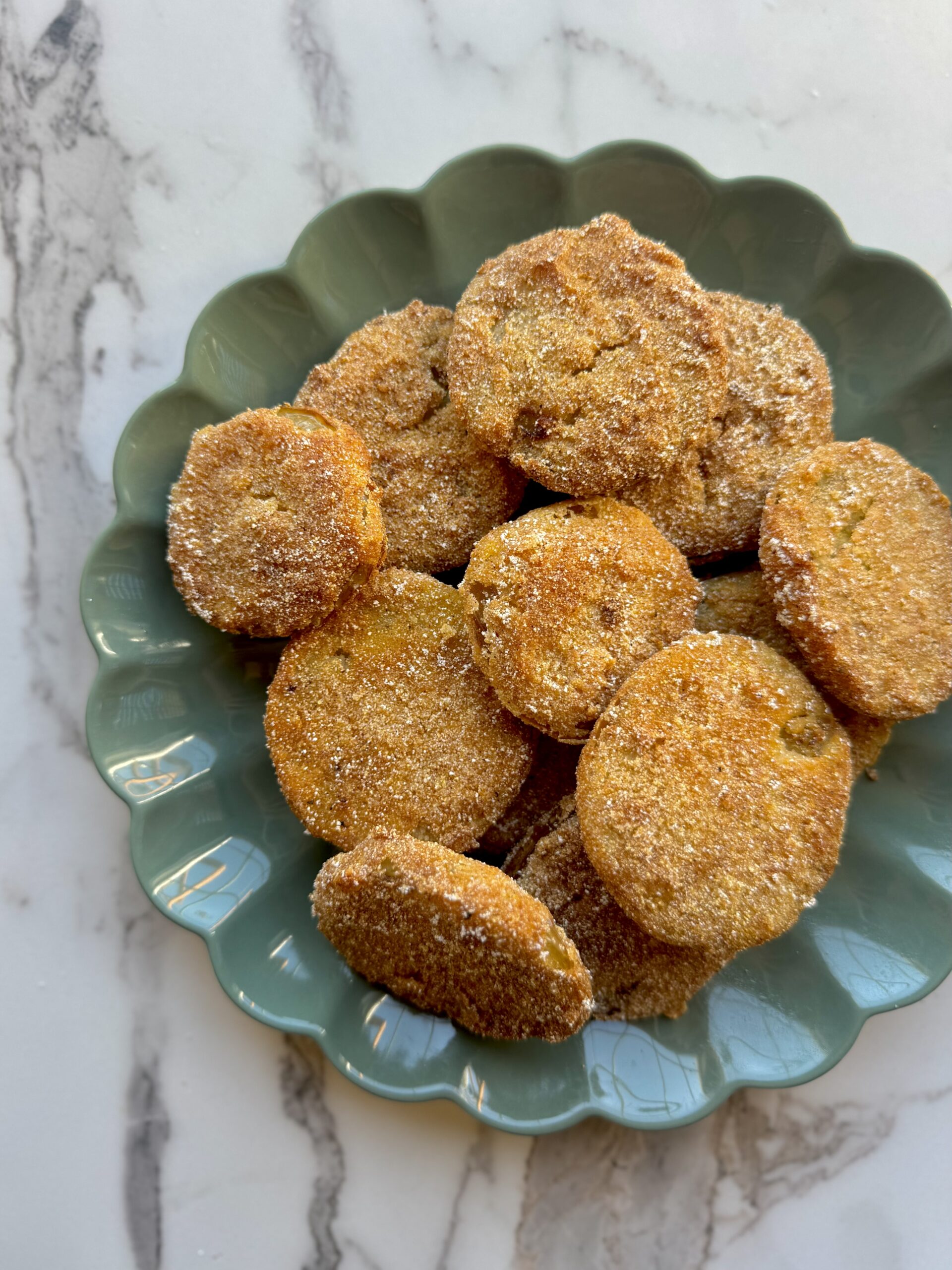
0 Comments